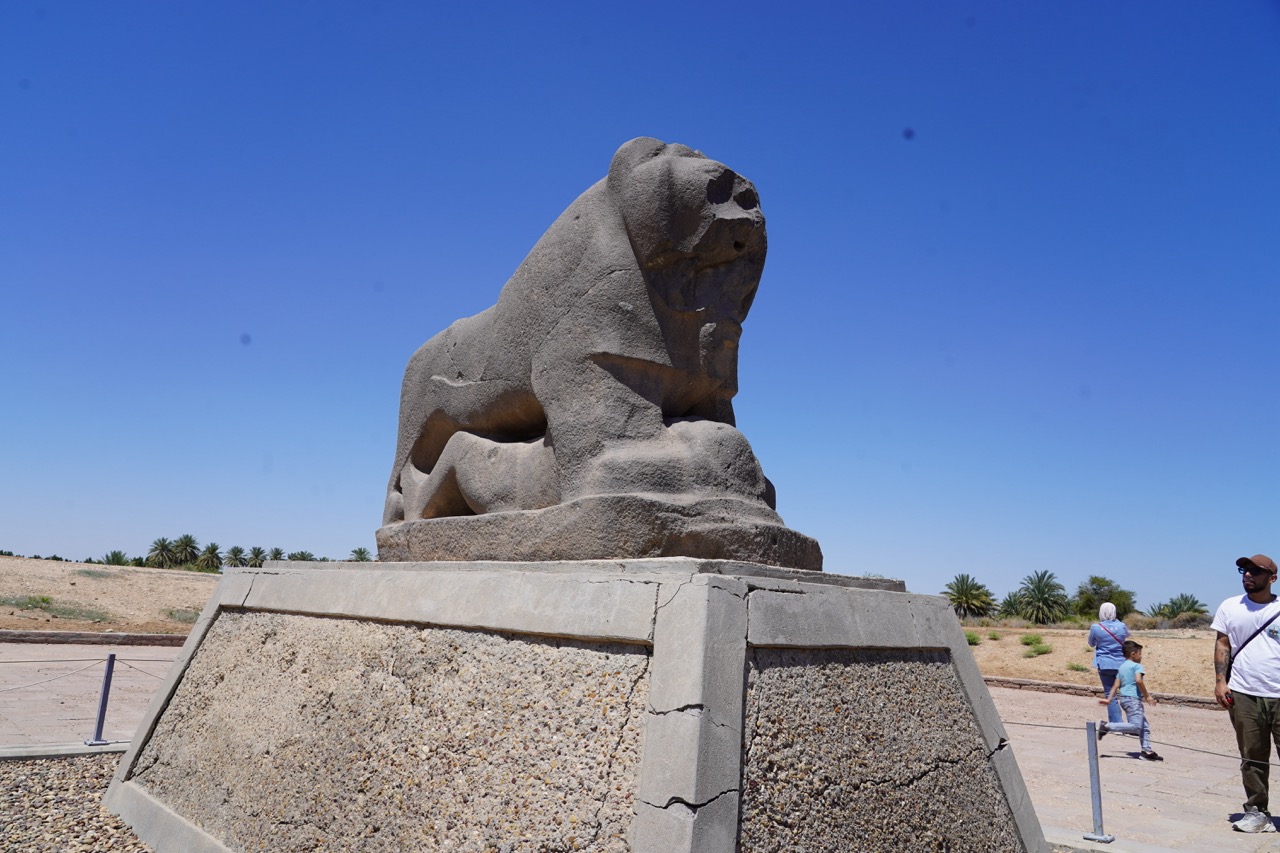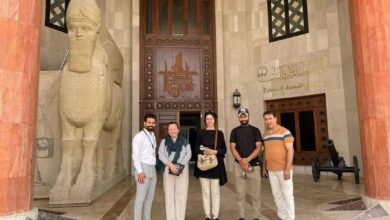The Lion of Babylon stands in the ancient city of Babylon (modern-day Hillah, Iraq), as a true testament to the historic Mesopotamian empire. Carved from black basalt, the statue measures around 2 metres in length and rests on a 1-metre-high platform. It depicts a lion standing over a human figure, an image that has long fascinated visitors.
Dating back over 3,600 years, the statue was first officially recorded in 1817 by British archaeologist Claudius Rich. Though its exact origins are unclear, most scholars believe it was created during the period of the Hittite occupation of Babylon.
In Mesopotamian culture, lions symbolised power and divine protection, often linked to the goddess Ishtar, associated with fertility, love, and war.
Over time, natural and human factors contributed to the statue’s deterioration. Recognising its importance, the World Monuments Fund and Iraq’s State Board of Antiquities launched a restoration in 2013. The statue was cleaned, partially restored, and placed on a new base, with a barrier added for protection.
Today, the Lion of Babylon endures as a powerful national symbol, reflecting Iraq’s deep cultural heritage.
- Published: 1st May, 2025
- Location: Babylon
- Country: Iraq
- Editor: Amel Saleh
- Photographer: Noor Mohammed Mohsen
- Category: Heritage





